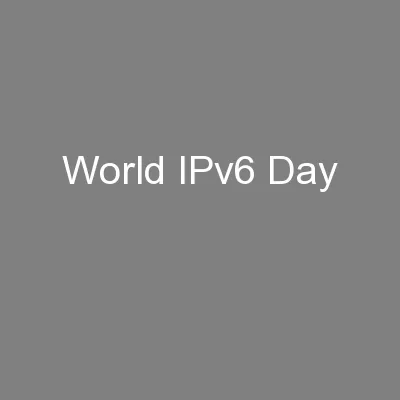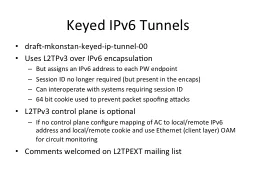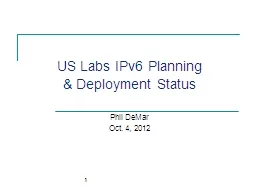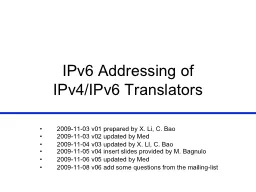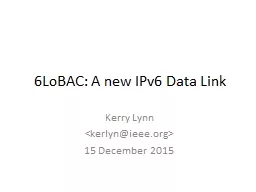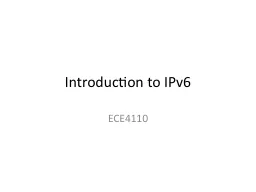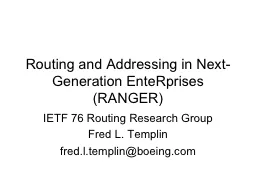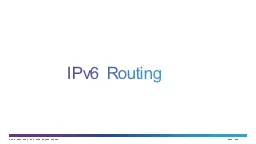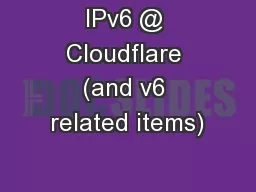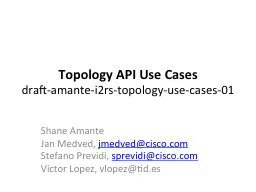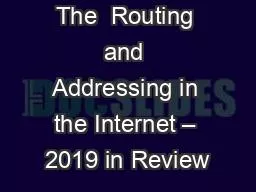PPT-Measuring the Deployment of IPv6: Topology, Routing, and Performance
Author : bikershomemaker | Published Date : 2020-09-29
Amogh Dhamdhere Matthew Luckie Bradley Huffaker kc claffy CAIDA UC San Diego Ahmed Elmokashfi Simula Research Emile Aben RIPE NCC IPv6 Will Be Deployed
Presentation Embed Code
Download Presentation
Download Presentation The PPT/PDF document "Measuring the Deployment of IPv6: Topolo..." is the property of its rightful owner. Permission is granted to download and print the materials on this website for personal, non-commercial use only, and to display it on your personal computer provided you do not modify the materials and that you retain all copyright notices contained in the materials. By downloading content from our website, you accept the terms of this agreement.
Measuring the Deployment of IPv6: Topology, Routing, and Performance: Transcript
Download Rules Of Document
"Measuring the Deployment of IPv6: Topology, Routing, and Performance"The content belongs to its owner. You may download and print it for personal use, without modification, and keep all copyright notices. By downloading, you agree to these terms.
Related Documents



